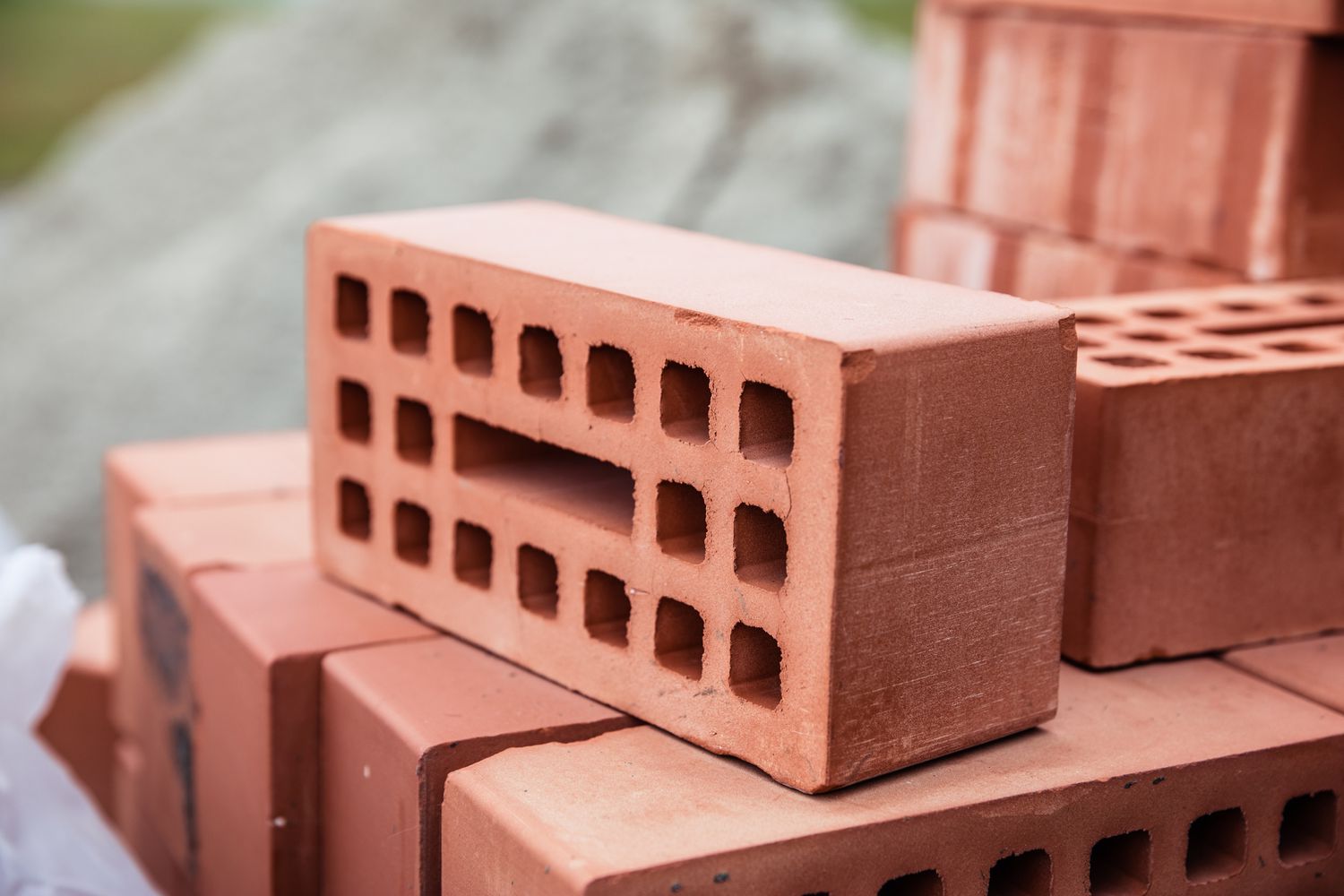Red brick is a classic that looks better with age. Whether commercial or residential, this versatile material adds a regal ambience to both types of buildings. Let’s dissect this masonry showpiece and see why you’d be right to choose it for your next construction project.
How Is Red Brick Different From Other Brick Types?
Red brick https://brickwholesale.co.uk gets its colour from the iron oxide present in the clay. Clays that don’t contain iron oxide won’t produce red bricks. They may yield bricks with bluish, green, brown or grey tints, but not red. The high oxygen levels in the kiln further deepen the red colour of iron oxide-laden clay as the clay absorbs oxygen and becomes oxidised. Varying the temperature and amount of oxygen in kilns can change the colour intensity, and manufacturers may use this technique to produce bricks in different shades of red.
We can categorise red bricks into three broad classes: accented, solid red, and mixed red.
Accentuated red bricks—Bricks in this category have a different base colour, with isolated red spots adding a touch of red.
Solid red bricks—In this category, the base colour is red, and the hue is even throughout the piece.
Mixed red bricks—Instead of having a solid, the brick has different tonal values of red.
In all categories—whether the masonry is solid red, mixed red, or has red highlights—the red colour can be light or dark. Such an exciting variation means you get more variety to choose from, and your red brick house can be distinct from your neighbour’s red brick house.
Types of Red Bricks

Red brick is used in different construction applications. The manufacturing process determines the brick type produced and its purpose. The most notable types are:
- Red engineering bricks
- Red facing bricks
- Red decorative bricks
- Red brick specials
Red Brick Durability
Like other types of brick, red brick masonry can last up to 500 years or more. This remarkable durability is due to the material’s strength. It’s not affected by the elements and does not degrade over time, even with constant exposure to wind, rain, frost or UV rays. On the contrary, evidence shows that brick gets better with age.
Manufacturers keep the saturation coefficient of severe weathering red brick below 0.78. That means the masonry has a super low absorption rate and will not be damaged when exposed to high humidity or moisture for extended periods.
You can boost your brickwork’s durability by observing good practices in masonry maintenance, such as:
Protecting all bricks from rain during and immediately after construction.
- Cover stacks of bricks you’ll use during the project to protect them from saturation, which makes them difficult to lay.
- Further, such pieces take longer to cure.
- They may also change colour. The difference will be noticeable when comparing them to older sections built using drier brick.
- Cover newly constructed brickwork with scaffold boards and polythene sheeting. Otherwise, water could cause the mortar components to leach and disfigure your work. Removing mortar stains from the brick surface is hard. Even when you do your best, bits of it will remain, giving the brickwork a patchy, untidy appearance.
- Leave a space between the polythene material and brick to prevent condensation buildup, which can cause as much damage as rainwater.
Protecting the mortar from frost damage.
Make sure the mortar doesn’t freeze before it sets. If frozen, it becomes weak and bonds poorly with the bricks. Cover the brickwork to prevent this from happening. Waterproofed insulating sheets provide the highest level of protection, but you may opt for hessian. Add polythene sheeting on top to block water penetration.
Protecting mortar joints from drying prematurely.
Freshly constructed mortar joints dry out fast in windy and sunny weather. If this happens, the cement won’t have enough time to set, and the mortar won’t bond sufficiently with the bricks. To minimise this risk, cover the brickwork with damp hessian. Ensure the hessian is just wet enough and not dripping so it doesn’t cause the mortar to leach and stain the bricks.
Being gentle when cleaning red brickwork.
Red brickwork is low-maintenance. Clean it once a year unless there’s efflorescence, using water, a mild detergent and a nylon brush. Do this in warm or hot weather. Extreme cold weather can leave wet brickwork frozen and vulnerable to frost damage, so avoid cleaning the masonry during cold seasons.
Carrying out routine maintenance.
Carry out all the routine maintenance needed to keep your red brickwork in good condition. This includes:
- Regular inspections for damage.
- Immediate repair whenever you notice any damage—Always involve a professional in complex repair work to avoid worsening the problem.
- Repointing as needed—i.e., when the mortar starts breaking down. When you see holes in the mortar joint or notice the mortar detaching from the brick, it’s time to repoint the joints. Thankfully, this won’t happen until 30-50 years later if the construction is robust.
FAQs
- Can I use red bricks for any construction project?
Red bricks are versatile enough for any building project. Just choose the right category of red bricks for each respective project. For example, use red engineering bricks for retaining walls and red facing bricks for the facade.
- Are red bricks expensive?
In no way does their red colour make these bricks expensive. The price depends on the brick quality.

